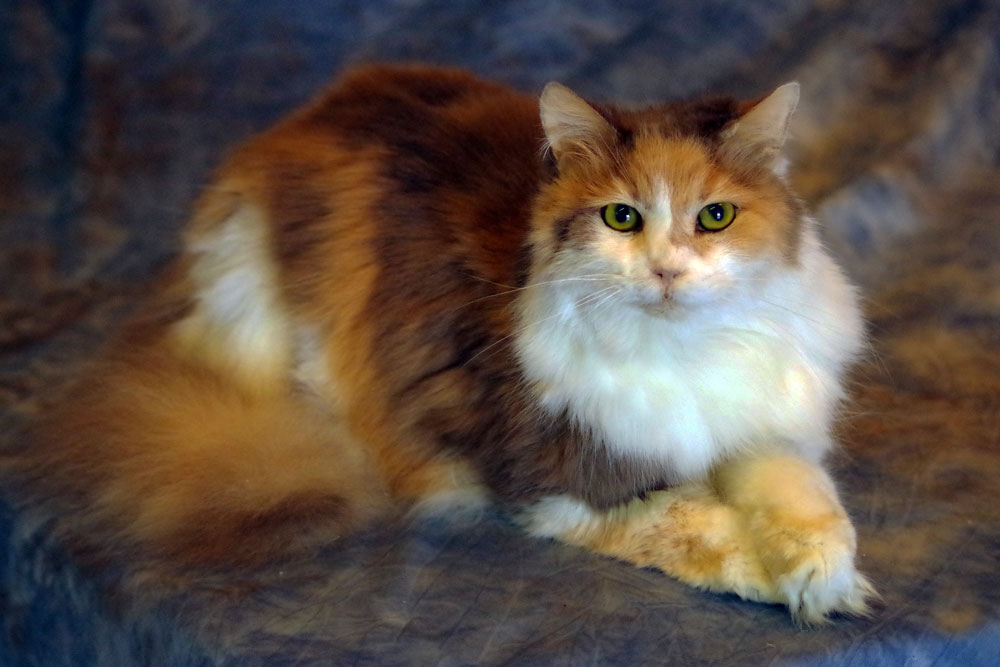
What Types of Pets Can Be Preserved Through Taxidermy?
January 9, 2025 2:30 pm
Losing a beloved pet is a deeply emotional experience, and for some, pet taxidermy offers a way to keep their cherished companion close. Taxidermy is an art form that can provide a lasting memorial for pets, allowing owners to preserve their appearance and honor the bond they shared. But what types of pets are suitable for taxidermy?
At Animal Family Pet Preservation, we understand the delicate nature of this decision and are here to help you make an informed choice with compassion and expertise.
Common Pets Suitable for Taxidermy
When people think of pet taxidermy, the first animals that come to mind are often household pets like cats and dogs. These beloved companions are among the most common pets preserved through taxidermy.
Cats and Dogs
Cats and dogs are popular candidates for taxidermy due to their significance in their owners’ lives. Their unique personalities and physical traits make them ideal for lifelike preservation. Professional studios like Animal Family Pet Preservation use detailed techniques to capture the essence of each pet, ensuring the final product reflects its individuality.
Small Rodents
Smaller pets like hamsters, guinea pigs, and rats are also commonly preserved. While their size presents unique challenges, experienced taxidermists can create detailed reconstructions that honor their memory. These small animals often hold special places in their owners’ hearts, especially for children.
Exotic and Unusual Pet Taxidermy Options
Pet taxidermy isn’t limited to cats, dogs, or rodents. Many exotic pets can also be preserved, offering unique opportunities for memorialization.
Lizards and Snakes
Reptile enthusiasts often choose to preserve lizards and snakes. These pets have distinctive textures and appearances that can be faithfully replicated through taxidermy. Whether it’s a beloved bearded dragon or a regal python, their striking features make them fascinating candidates for preservation.
Ferrets
Ferrets are another common choice for pet taxidermy. Known for their playful and curious nature, ferrets often hold a special place in their families. Skilled taxidermists can capture their characteristic poses and expressions, ensuring the final piece reflects their personality.
Reptiles and Amphibians
Preserving reptiles and amphibians requires specialized skills and techniques. These animals have unique anatomical structures, and their skin and scales require careful handling to ensure accurate preservation.
Turtles and Tortoises
Turtles and tortoises are frequently preserved through taxidermy. Their shells provide a natural framework for creating lifelike reconstructions, and many owners find comfort in preserving their slow-moving, long-lived companions in this way.
Frogs and Salamanders
Though less common, amphibians like frogs and salamanders can also be preserved. These delicate creatures require expert attention to detail, as their soft tissues and smooth skin are more challenging to work with than other animals.
Birds and Small Mammals
Birds and small mammals offer another avenue for pet taxidermy. From colorful feathers to distinctive fur patterns, these animals can be preserved in stunning detail.
Parrots and Budgies
Bird enthusiasts often choose to preserve parrots, budgies, and other avian pets. Their vibrant feathers and expressive postures make them ideal for taxidermy, allowing owners to keep a lasting memory of their feathered friend.
Rabbits and Hedgehogs
Rabbits and hedgehogs are small mammals that frequently undergo preservation. Whether it’s a soft-furred rabbit or a spiky yet lovable hedgehog, taxidermy can honor their unique characteristics and personality.
Limitations and Considerations in Pet Taxidermy
While taxidermy offers a meaningful way to remember a pet, there are some limitations and considerations to keep in mind.
Condition of the Pet
The condition of the pet at the time of passing plays a significant role in the preservation process. To achieve the best results, it’s important to contact a professional taxidermist as soon as possible after the pet’s death.
Size and Anatomy
Larger animals may be more challenging to preserve due to their size and anatomical complexity. Similarly, animals with unique body structures, such as fish, require specialized techniques.
Ethical and Emotional Considerations
Pet taxidermy is a deeply personal decision. It’s important to consider whether this approach aligns with your emotional needs and beliefs. At Animal Family Pet Preservation, we prioritize compassionate guidance to help you determine if taxidermy is the right choice for you and your pet.
Why Choose Animal Family Pet Preservation?
At Animal Family Pet Preservation, we have been providing professional and compassionate pet taxidermy services since 1993. Our fully staffed studio specializes in the lifelike preservation of household pets, ensuring that every project reflects each animal’s unique qualities.
When you choose us, you’re not just preserving your pet—you’re preserving memories, love, and a bond that lasts forever. Our methods, customer care, and commitment to excellence set us apart, and we’re here to support you every step of the way.
Contact Us Today
If you’re considering pet taxidermy, Animal Family Pet Preservation is here to help. Once you call us, you’ll feel better about your decision to preserve your pet. Don’t just browse our great website—contact us today so we can help you honor your cherished companion in the most meaningful way possible.
Preserving a pet is a deeply personal journey, and we are honored to be part of that process. Contact us to discuss your needs, and let us guide you with care and expertise.
Categorised in: Pet Taxidermy
This post was written by mmaier


Comments are closed here.